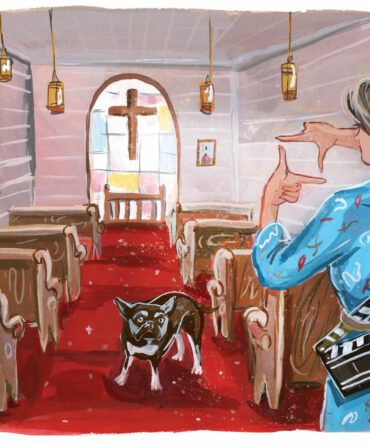For readers unfamiliar with the poet Natasha Trethewey—or with contemporary poetry more generally; or, for that matter, with the raveled history of the South—Monument: Poems New and Selected is an exquisite starting place. The first retrospective in the Mississippi native’s nearly two-decade career, Monument gathers seventy-three poems from Trethewey’s previous collections with eleven new poems. That kind of bulk doesn’t suit all poets: Intensities can get dampened, repetitions exposed, wires crossed. But it suits Trethewey. More than that, this cumulating serves to deepen and concentrate the scope of her work. Trethewey has from the beginning focused on a fixed palette of themes—memory, history, race—and Monument offers a cohesive exploration of those thematic concerns, revealing a poet mining ever deeper into the hot core of her ideas.
Trethewey is, at age fifty-two, about as canonical as living poets get: Pulitzer Prize winner, two-time poet laureate of the United States. Far more central to her poems, however, are other aspects of her biography: her childhood, as the daughter of a white father and an African American mother, in Gulfport, Mississippi (owing to anti-miscegenation laws, the “state that made a crime / of me”), and the murder of her mother, by her former stepfather, when she was in college. These are knots in her personal history that Trethewey uses verse to untie, as in the poem “Flounder,” in which the narrator’s Aunt Sugar catches a flounder and explains how one side of the fish is dark while the other is white. “I stood there watching that fish flip-flop,” she concludes, “switch sides with every jump.” Or in a more recent poem, “Imperatives for Carrying On in the Aftermath,” in which the narrator counsels herself on how still to contend with her mother’s murder (“Keep an impassive face whenever you hear / Stand By Your Man, and let go your rage / when you recall those words were advice”). “In my dream,” Trethewey writes in another poem, “the ghost of history lies down beside me, / rolls over, pins me beneath a heavy arm.”
That ghost of history is more than personal. In one suite of poems, from Native Guard, she inhabits the voice of a freed slave and Union soldier guarding Confederate POWs and taking notes in a journal confiscated from a Confederate. “On every page, / his story intersecting with my own”: a shatteringly powerful metaphor for Southern history. In another suite, from Bellocq’s Ophelia, Trethewey writes from the vantage of a mixed-race prostitute in Storyville-era New Orleans who becomes a model for the photographer E. J. Bellocq, “her lips poised to open, to speak.” That idea—giving voice to the subjects of old photographs and paintings—runs like a wide river through the entire collection. The poetic technique Trethewey employs is called ekphrasis, and it’s the same approach John Keats took with a Grecian urn; Trethewey applies it to documentary photographs of Southerners.
The reader may long to view these images described, not unlike the way one wishes for a soundtrack when reading a particularly evocative music writer—that is, to see what Trethewey sees. But this is part of her point: We can’t see the images as she does, just as she can’t see them as we do. What’s absent from certain photographs is, to her, as important as what’s shown. As Diane Arbus once said: “A photograph is a secret about a secret. The more it tells you the less you know.”
“I looked into / a capped lens,” the Storyville model says, “saw only my own clear eye.”
Or perhaps it’s as Wallace Stevens wrote, that the poet is the priest of the invisible. Consider Trethewey’s “Domestic Work, 1937.” A maid uses her one free morning of the week to clean her own house, with her “church clothes starched / and hanging, a record spinning / on the console…” She performs a familiar chore, but in Trethewey’s rendering—as in so many of these poems—it’s an invocation, an appeal for grace visible only to those who know how to look:
She beats time on the rugs,
blows dust from the broom
like dandelion spores, each one
a wish for something better.









